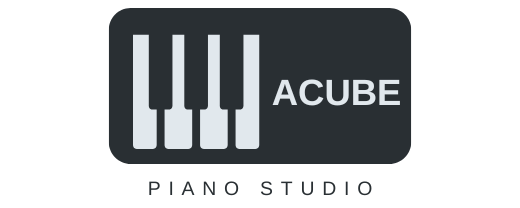What Is the Aeolian Mode?
The Aeolian mode is more commonly known as the natural minor scale, and like minor scales, they make music sound more melancholic and somber.
To hear an example of the Aeolian mode, start on the note A and play only the white keys on the piano up to the next A:
A – B – C – D – E – F – G – A
Where Do You Typically Hear the Aeolian Mode?
The Aeolian mode or minor key is one of the most commonly used modes in Western music due to its emotional expressiveness. It forms the basis of most minor key music across genres such as pop, rock, classical, folk, and metal. Whether it’s a somber ballad, a moody film score, or an intense metal riff, the Aeolian mode provides a natural minor tonality that feels both familiar and deeply emotional.
In classical music, composers use Aeolian to convey sadness or dramatic tension. In popular music, many hits are written in natural minor keys, making the Aeolian mode central to songwriting. It also plays a significant role in folk traditions worldwide, where minor tonalities express longing and storytelling.
Metal and hard rock genres often exploit the Aeolian mode to build heavy, dark atmospheres, making it a favorite for guitarists and composers who want a powerful minor sound.
How to Build the Aeolian Scale
If you are familiar with the minor scales, then the Aeolian scale is essentially the natural minor scale.
Alternatively, we can make use of the intervals between consecutive notes to form the Aeolian scale.
The Aeolian mode follows this interval pattern:
W – H – W – W – H – W – W
In short, the half steps (H) are found between the 2nd and 3rd degree and 5th and 6th degree of the scale. All other consecutive notes are a whole step (W) apart.
Starting on A, this pattern creates the scale:
A – B – C – D – E – F – G – A
Learn More About Other Modes:
Listen to Music in all 7 modes:
Listen to Hot Cross Bun in all 7 different modes. Feel the mood when Hot Cross Bun is played in A minor or A Aeolian.
What’s Next?
The Aeolian mode is essentially the natural minor key.
Start learning to play scales and more with our comprehensive Scales and Arpeggios course here. Our members get access to the Scales and Arpeggios course, and many more to get started and get going learning the piano.
Join us here.
